By: Hazel England
GSWA Director of Education, Outreach, and Land Stewardship
We hope your native pollinator garden was a great success this year! Just as we think about pollinators in the growing season, we can think about their needs in the off season. It’s now November and the leaves have fallen. To continue to best protect vital pollinators and insects and their overwintering sites, as you close down your gardening season, please consider the following:
- ‘LEAVE THE LEAVES’ whenever, and wherever you reasonably can! Leaves are critical habitat for a huge number of beneficial insects and other wildlife and create safe overwintering areas for many life stages. Winter birds will forage amongst leaves, flipping them over to gleam food all winter long. Learn more HERE.
- PREPARE YOUR BEDS FOR NEXT SPRING. Even though this growing season is over there is much you can do to ensure success next year. Label your plants now so that you recognize them when they sprout again. Remember the below ground parts can throw up shoots in new locations—so while labels help, as plants move, it is helpful to recognize their foliage. Leave seed heads to provide vital seed for the birds, but also consider harvesting some seeds. You can put them in soil now in new locations to see what will sprout next spring. Where you can, cut back the dead stems to 12-24 inches and not closer to the ground. This above ground structure of stems and dead leaves provides nesting sites next spring for native bees (the natural “bee hotel”). Next spring new plant growth will hide these old stems and by next fall they will naturally decompose. If you want to enlarge any beds or create new ones, now is a great time to “sheet mulch” to easily create new space. Lay down clean cardboard or several sheets of newspaper and weigh it down by covering it with 3-4 inches of composted mulch or leaf litter. Then simply plant right through it next spring.
- PLAN FOR MORE POLLINATOR HABITAT! Use winter to learn more about pollinator needs and grow your knowledge of native plants that will thrive in your yard. There are many resources out there. Check out the Great Swamp Watershed’s NATIVE PLANT SALE AND GARDENING RESOURCES page.
- CLEAN AND STORE GARDENING ITEMS such as stakes, cages, garden ornaments and tools. Also sharpen tools and pruners, and lightly coat them with oil for protection. You’ll thank yourself come Spring!
- MARK YOUR CALENDAR! GSWA and our Community Partners are hosting our third annual Native Plant Sale April 3-28, 2023 with an expansive palette of plants for a wide range of conditions. Once again, we will have kits for both sun and shade along with a kit customized for wetter conditions. We will relaunch the GSWA 2023 Plant Sale website pages in February to provide plenty of time for plant browsing and planning. In 2022, supported by 26 Community Partners, 500 purchasers across 96 towns purchased 23,500 plants. This is a 50% increase over 2021, making the benefits to pollinators even more significant. Now there are waystations for pollinators as they move around neighborhoods, and this is only increasing as we carry out more sales.
- ENLIST OTHERS! We encourage you to recruit your neighbors, friends, and family members by spreading the joy and watershed benefits that planting native pollinator attracting plants can bring. They can sign up to be on the plant sale mailing list by emailing plantsale@greatswamp.org.
Remember, making the time now to put your garden to bed properly will give you lush, healthy gardens to enjoy again next spring and summer. Enjoy your holidays! We look forward to seeing you next year.
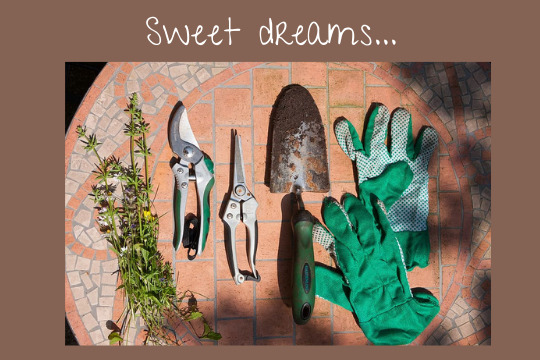
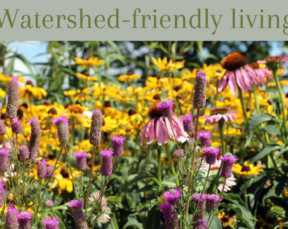
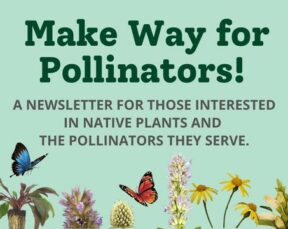
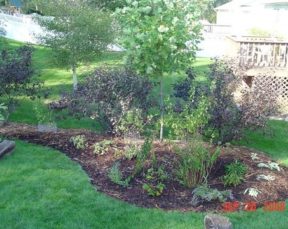
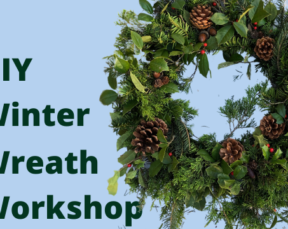
Hi Hazel. I miss you all but am trying out all the great pollinator practices here in VA. I never had to worry about deer in NJ, but here, it is a major problem. Many natives are very tasty to the critters and it’s very discouraging. You may want to share environmental spray info in the spring. The deer ate every young native seedling I purchased, much to my chagrin.
Love hearing about GSWA. Miss it but there are lots of active organizations around here, so I am slowly getting involved. Best to all, Susan Deeks
We miss you, too! Deer resistant plants are challenging. They do like native plants.
resistant plants are challenging. They do like native plants.  Local plant people should be able to speak what is preferred by local deer and which is not. Happy Holidays!
Local plant people should be able to speak what is preferred by local deer and which is not. Happy Holidays!